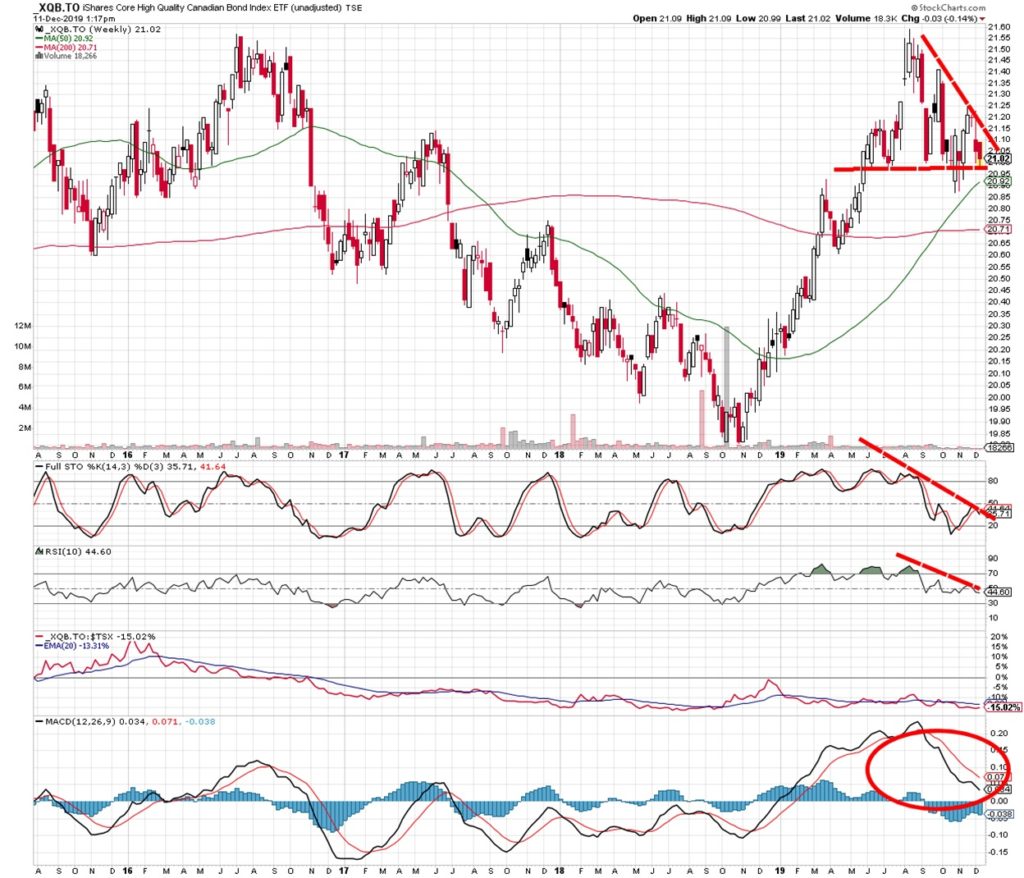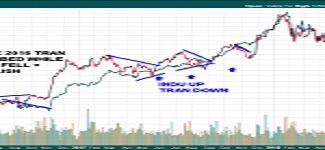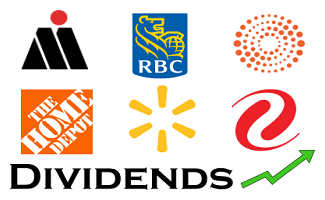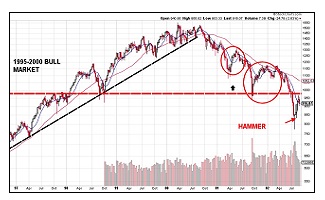The Four Highest Dividend-Paying Sectors
The Banks and the non-bank Financials comprise about 32% of the S&P/TSX Composite Index. Other popular high dividend-paying sectors include Telecoms/Communications with about 5.5% of the index, and Utilities with about 4% of the index. The weighting of REITs is also about 4%. Thus, these four higher dividend-paying sectors comprise about 45% of the S&P/TSX Composite Index.
Not surprising, these sectors are influenced by the level and movement of interest rates. Higher rates are negative for Utilities, REITs, and the Telecoms, while the Banks and Financials are more profitable in a higher rate environment.
How Long Can The High Dividend Strategy Last?
Since many investors are concerned primarily with yield, it is likely that lower interest rates and, therefore, rising bond prices make higher dividend-paying stocks more attractive.
However, with so much attention being paid to the higher-yield stock universe this year, it is likely that dividend-paying stocks are becoming overbought. This positive strategy for these stocks is likely to continue until the bond market sells off.
Canadian Bond ETF: XQB
The Canadian bond market performed admirably in 2019 but signs of consolidation are starting to emerge, as illustrated in the chart below.

The chart shows that a right-angled triangle has appeared. In addition, momentum indicators, such as Stochastics, Relative Strength Index (RSI) and MACD are trending lower. It is impossible to know when and in which direction a break-out from a consolidation pattern, such as a triangle, will occur, but when the break-out does occur, it often leads to a strong and powerful move.
Since the momentum indicators are currently trending lower, it is more likely that the break from the triangle will be to the downside. That would be decidedly negative. However, if a decline out of the triangle does not occur, then further gains are likely.
Conclusion
Until the ETF breaks out of the triangle, it is not possible to make a prediction as to where it is heading, although the signs are bearish for bonds at the moment.
Both dividend-paying investors and bond investors should keep a close watch on the bond market for where both dividend stocks and bonds are going.
ValueTrend Article
You can read the entire ValueTrend article here: Dividend Stocks and Bonds
//





